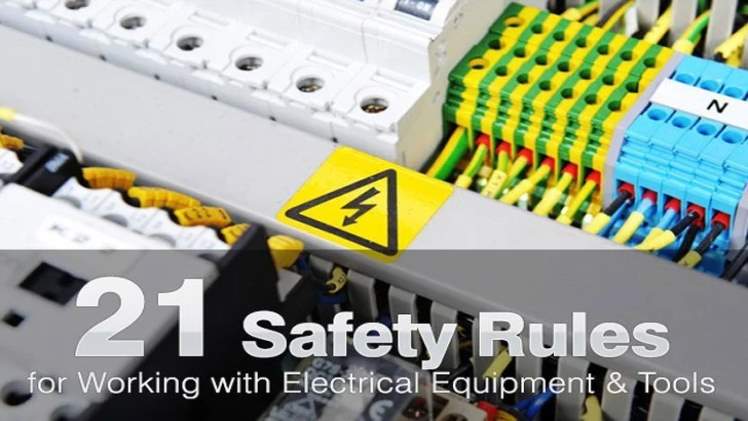The Basics of Electrical Wiring and Safety

To prevent electrical shock and fires, you need to understand the basics of electrical wiring and safety. If you are a homeowner, there are several ways you can protect your family from electrical hazards. For example, you should avoid touching overhead power lines, which are incredibly dangerous. Make sure you use only the correct type of extension cord for your household appliances, as the improper kind can cause shocks and burns. You also need to make sure that your electrical wires are correctly sized and placed on separate circuits.
Occupational Health and Safety Administration (OSHA) guidelines are designed to protect electrical workers. They also keep track of electrical-related workplace deaths. This helps to prevent accidents and injuries. You can also learn more about the different types of electrical hazards and how to prevent them from occurring on your property. Make sure to use proper electrical wiring and safety equipment. For example, you should wear protective glasses, arc-rated safety gloves, and hard hats rated for electrical hazards. You should also wear safety shoes.
To keep the public safe, all electrical wiring in commercial buildings should meet certain standards. You can find these guidelines in BS 7671. They are also referred to as “Wiring Regulations.” The aim of these regulations is to ensure the safety of electrical installations. While you can always deviate from the requirements of BS7671, it is highly recommended that you follow these regulations. If you’re planning to perform electrical work on your own, it’s best to consult an electrician.


